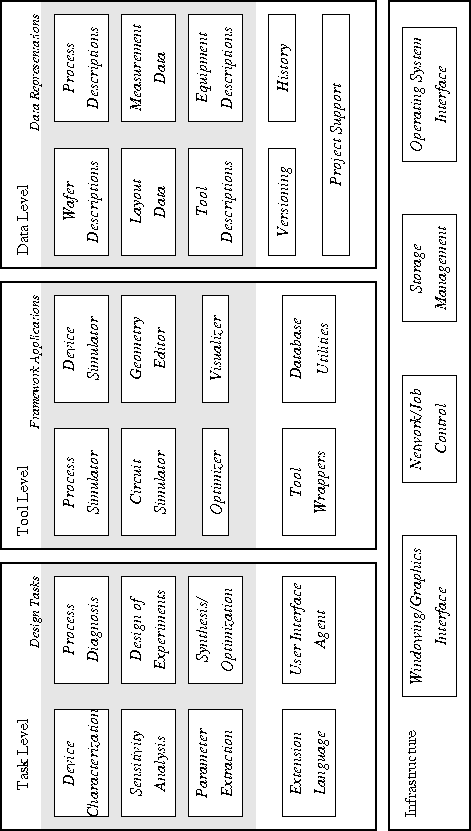
Figure 3.1: Conceptual TCAD framework architecture consisting of Task, Tool, and Data Levels





Figure 3.1: Conceptual TCAD framework architecture
consisting of Task, Tool, and Data Levels
The conceptual view of a TCAD system in Fig. 3.1 as presented in [Chin92] shows that the data level should convey many sorts of information besides a wafer representation. A process representation is necessary to describe a manufacturing process recipe; in the virtual TCAD factory, it describes a simulation flow. Layout information and mask data has to be kept in conjunction with this process flow. Tool data describing the capabilities of a specific tool are necessary when invoking a tool corresponding to a process step in the simulation flow description. Equipment description and settings are of interest when transferring an actual process down to the fabrication line. Measurements are fed back for improving the process and the device specifications. Some of the representational issues have been discussed already [Chin92][Wong92], but many are still an area of research.
Wafer state representation remains the most important issue among the data level representations discussed above, since it involves the most complex data structures both in size and semantics. This is the reason why the following sections focus on this representation in general, with a few remarks on other data level representations where appropriate. While discussing the various concepts, comparisons of and references to already existing approaches are made.